
USS Constitution, also known as Old Ironsides, is a three-masted wooden-hulled heavy frigate of the United States Navy. She is the world's oldest commissioned naval warship still afloat. She was launched in 1797, one of six original frigates authorized for construction by the Naval Act of 1794 and the third constructed. The name "Constitution" was among ten names submitted to President George Washington by Secretary of War Timothy Pickering in March of 1795 for the frigates that were to be constructed. Joshua Humphreys designed the frigates to be the young Navy's capital ships, and so Constitution and her sister ships were larger and more heavily armed and built than standard frigates of the period. She was built at Edmund Hartt's shipyard in the North End of Boston, Massachusetts. Her first duties were to provide protection for American merchant shipping during the Quasi-War with France and to defeat the Barbary pirates in the First Barbary War.

Cyane was a Royal Navy sailing Banterer-class sixth-rate ship of 22 guns, built in 1806 at Topsham, near Exeter, England. She was ordered in January 1805 as HMS Columbine and was renamed Cyane on 6 December of that year.

Charles Stewart was an officer in the United States Navy who commanded a number of US Navy ships, including USS Constitution. He saw service during the Quasi War and both Barbary Wars in the Mediterranean along North Africa and the War of 1812. He later commanded the navy yard in Philadelphia and was promoted to become the Navy's first flag officer shortly before retiring. He was promoted to rear admiral after he retired from the Navy. He lived a long life and was the last surviving Navy captain who had served in the War of 1812.

Rear Admiral Silas Horton Stringham was an officer of the United States Navy who saw active service during the War of 1812, the Second Barbary War, and the Mexican–American War, and who commanded the Atlantic Blockading Squadron at the beginning of the American Civil War.
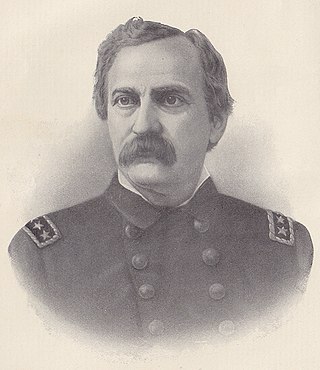
William Harwar Parker was an officer in the United States Navy and later in the Confederate States Navy. His autobiography, entitled Recollections of a Naval Officer 1841–1865, provides a unique insight into the United States Navy of the mid-19th century during an era when the Age of Sail was coming to an end and the advent of steam power and ironclads was beginning.

Daniel Todd Patterson was a United States Navy officer who served during the Quasi-War, First Barbary War, and War of 1812.

William Branford Shubrick was an officer in the United States Navy. His active-duty career extended from 1806 to 1861, including service in the War of 1812 and the Mexican–American War; he was placed on the retired list in the early months of the Civil War.

John Percival, known as Mad Jack Percival, was a celebrated officer in the United States Navy during the Quasi-War with France, the War of 1812, the campaign against West Indies pirates, and the Mexican–American War.

The capture of HMS Cyane and HMS Levant was an action which took place at the end of the Anglo-US portion of the War of 1812. The two British warships HMS Cyane and HMS Levant fought USS Constitution on 20 February 1815, about 100 miles east of Madeira. Following exchanges of broadsides and musket fire, both Cyane and Levant surrendered. The war had actually finished a few days before the action with the ratification of the Treaty of Ghent by both sides, but the combatants were not aware of this.
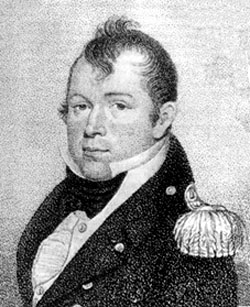
Jesse Duncan Elliott was a United States naval officer and commander of American naval forces in Lake Erie during the War of 1812, especially noted for his controversial actions during the Battle of Lake Erie.
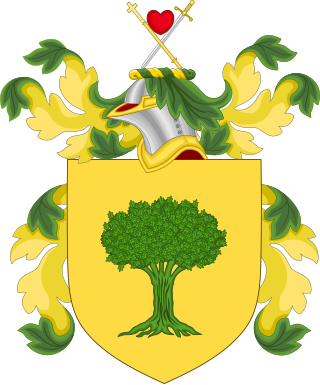
Thomas Boyle, an Irish American, as a captain of the schooner Comet and the clipper Chasseur, was one of the most successful Baltimore privateers during the War of 1812. He briefly served in the United States Navy during the same war.

Gulian Crommelin Verplanck was an American attorney, politician, and writer. He was elected to the New York State Assembly and Senate, and later to the United States House of Representatives from New York, where he served as chairman of the influential House Ways and Means Committee.

HMS Venerable was a 74-gun third-rate ship of the line of the Royal Navy, launched on 12 April 1808 at Northfleet.

HMS Cyane was a Royal Navy Banterer-class sixth-rate post ship of nominally 22 guns, built in 1806 at Topsham, near Exeter, England. She was ordered in January 1805 as HMS Columbine but renamed Cyane on 6 December of that year. Cyane had a distinguished career in British service that included the award in 1847 of a clasp to the Naval General Service Medal to any still surviving crew members of either of two actions. On 20 February 1815, she and HMS Levant engaged USS Constitution; outgunned, both had to surrender. She then served as USS Cyane, including a stint on anti-slavery duties, until she was broken up in 1836.

Josiah Ogden Hoffman was an American lawyer and politician.
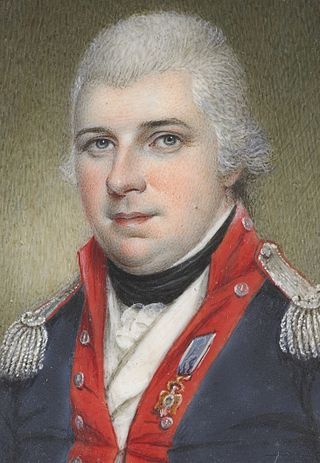
Thomas Humphrey Cushing was an officer in the Continental Army, and later the United States Army. A veteran of the American Revolutionary War and the War of 1812, he attained the rank of brigadier general. He later served as collector of customs for the Port of New London, Connecticut.
Edward Trenchard (1785–1824) was a captain of the United States Navy, who saw service in the Quasi-War with France, the First Barbary War, the War of 1812, and the Second Barbary War. He was the father of Rear Admiral Stephen Decatur Trenchard.
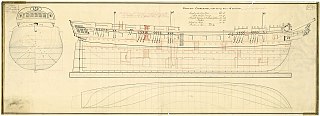
Junon was a 40-gun Minerve-class frigate of the French Navy.
Philip Verplanck was an American sheriff and politician in colonial New York.
















